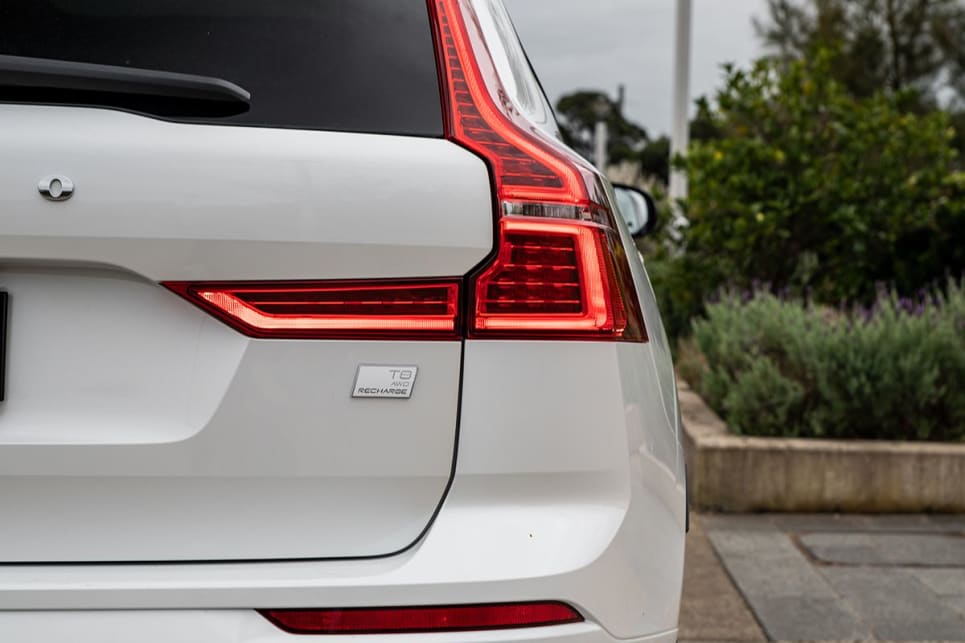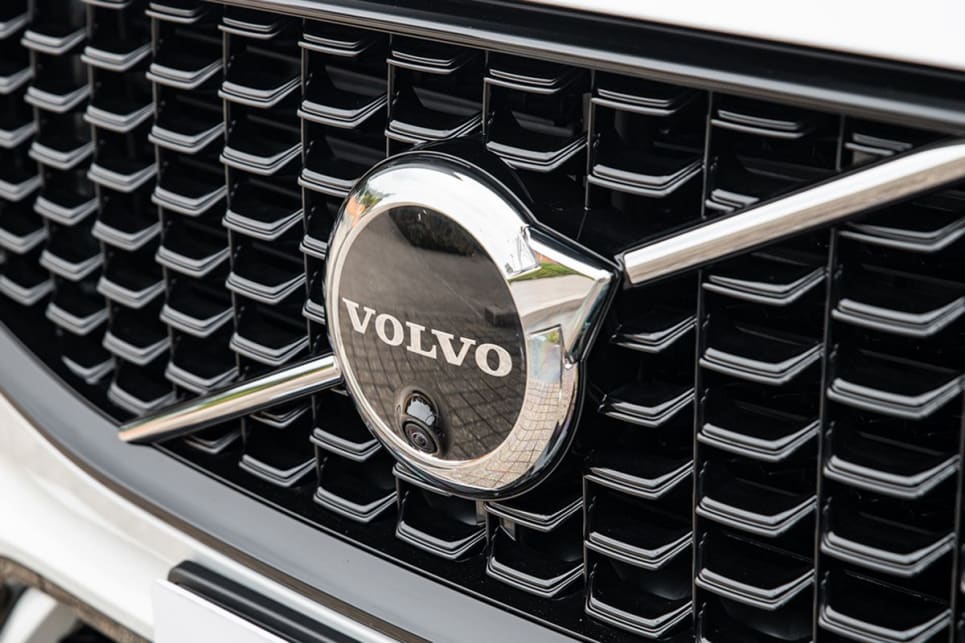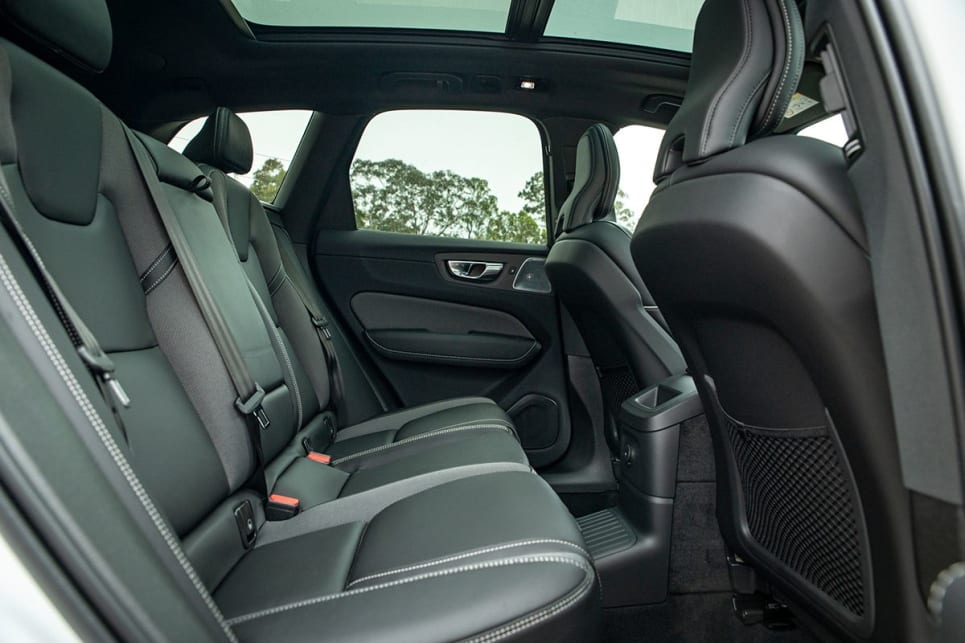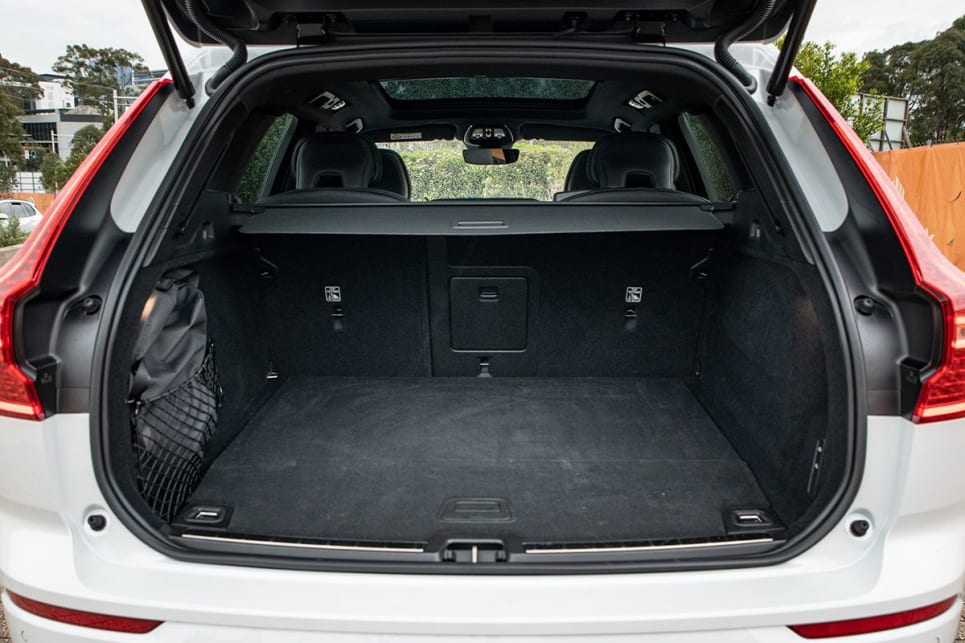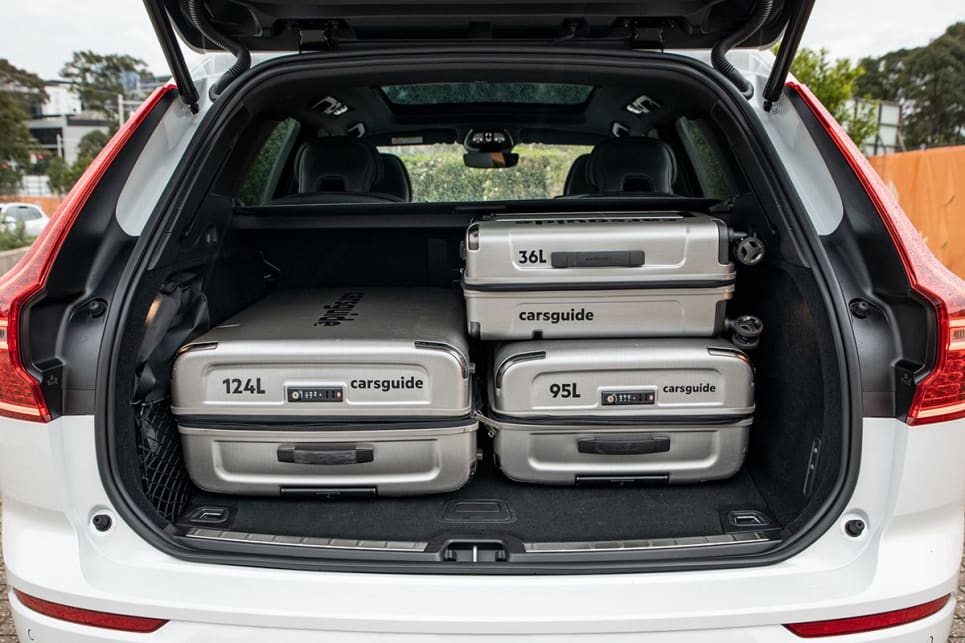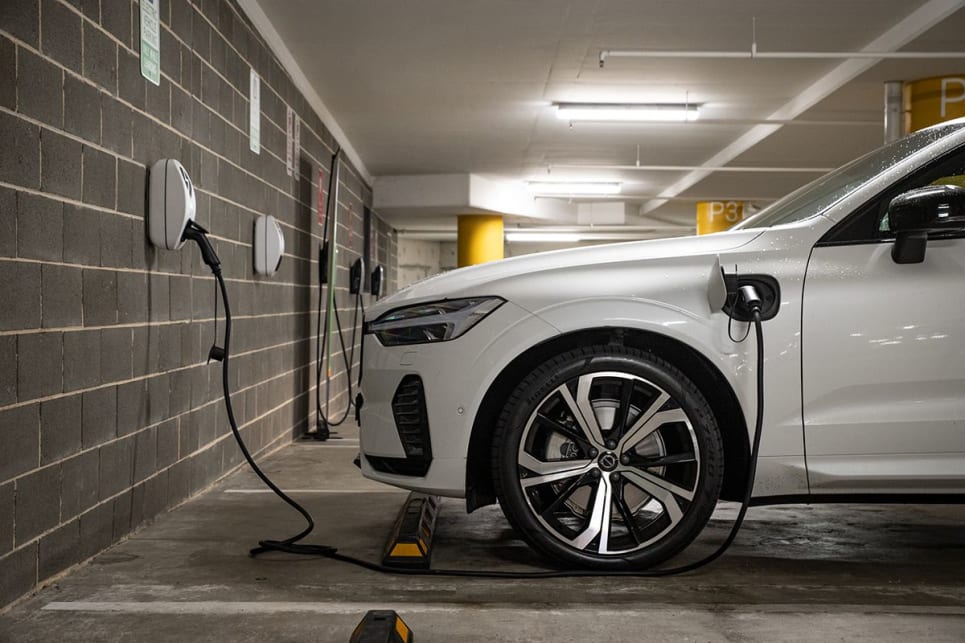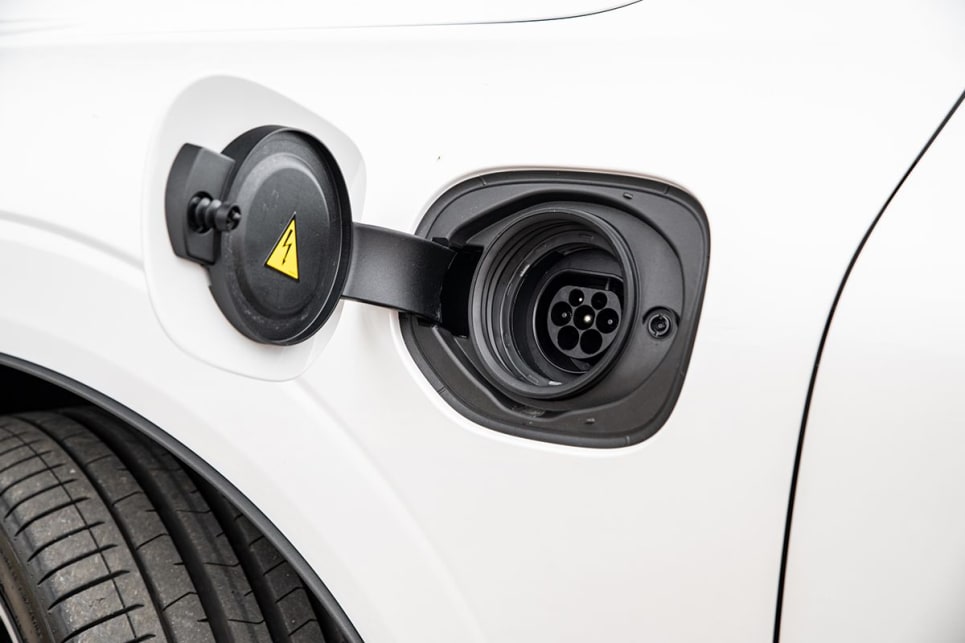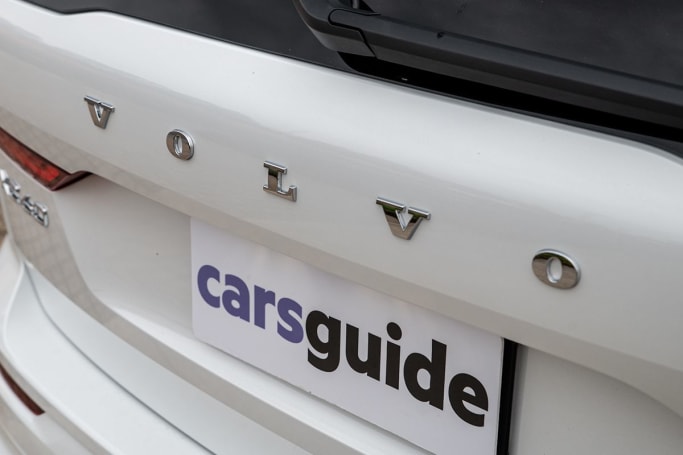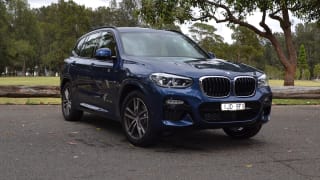This is currently the most expensive XC60 you can buy. Wearing a base price of $100,990, before on-road costs, at the time of writing, the Recharge plug-in hybrid sits atop a three-variant range, which also consists of the base B5 ($72,990) and B6 ($85,990) mild-hybrids.
It competes in the luxury mid-size SUV segment, which is most congested in Australia for plug-in hybrids. Rivals include the BMW X3 xDrive 30e ($107,000), outgoing Mercedes-Benz GLC 300e ($94,124 - the PHEV one won’t be replaced when the new generation arrives), and the latest arrival to the space, the Lexus NX 450h+ ($88,323).
The PHEV is only available in the ‘Ultimate’ XC60 trim level, which, as the name suggests, is the most feature-laden. While it is significantly more expensive than the standard versions of the car, Volvo throws in some serious, otherwise-optional kit to tempt you to go PHEV.
Standard gear includes massive 21-inch alloy wheels, full LED head and tail-lights, leather-accented interior trim with power adjustable front seats, charcoal interior colour scheme with aluminium mesh detailing, dual-zone climate control (the PHEV is the only one to get dual instead of quad), a 9.0-inch portrait-oriented multimedia touchscreen with wired Apple CarPlay (but no Android Auto as it runs the Android Automotive operating system), a wireless phone charger, a 12-inch digital instrument cluster, and a 360-degree parking camera as part of its comprehensive safety suite.
Adding to the value equation, and closing the gap with the next grade down, the Recharge scores otherwise-optional gear, including an extremely good Bowers & Wilkins audio system (normally a crazy $4300 option), the very welcome air suspension ($2700), and a panoramic sunroof ($3250).
This option-added strategy is replicated by its rivals, although it still places the XC60 as the second-most expensive of its peers. As with all PHEVs, though, there’s more to the story when it comes to range performance, and charging, so you’ll need to read further to see how the XC60 compares.






